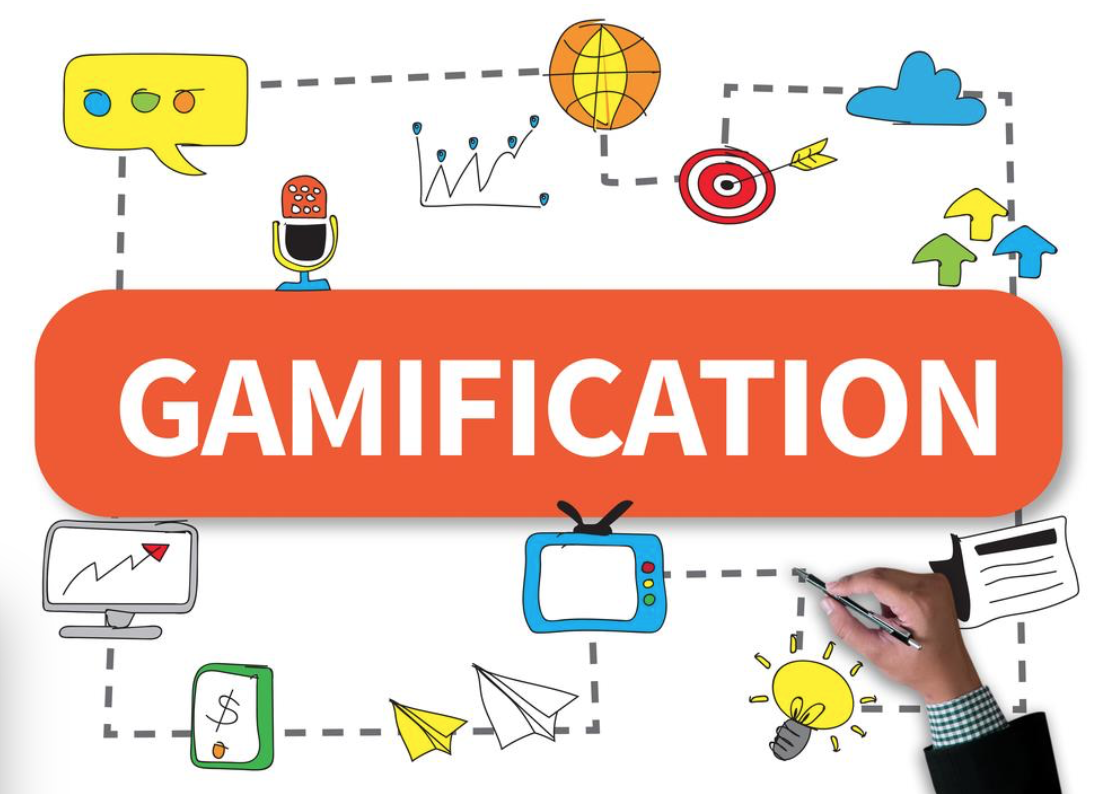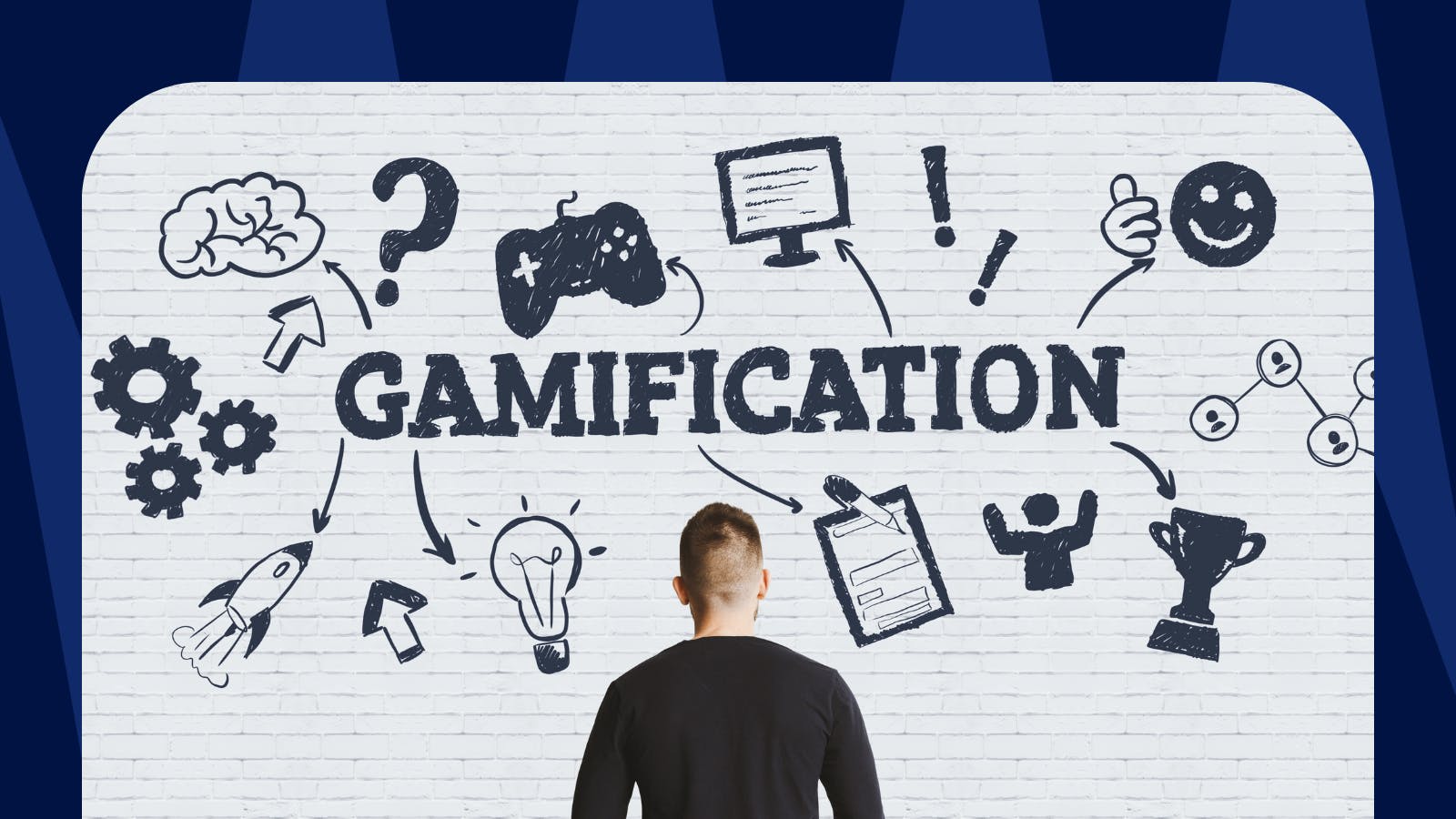In the dynamic world of sales, staying motivated and engaged is crucial for success. Sales gamification has emerged as a powerful tool to boost morale, enhance performance, and foster a competitive spirit among sales teams. By incorporating game-like elements into the sales process, companies can create an environment that not only encourages healthy competition but also cultivates a sense of achievement and teamwork. In this article, we'll delve into the key aspects of sales gamification and why it has become a game-changer in the business world.
Definition of Sales Gamification
Sales gamification involves applying game mechanics, such as points, badges, leaderboards, and rewards, to the sales process. The goal is to motivate and engage sales teams by turning their daily activities into a more enjoyable and competitive experience. By introducing a sense of play and friendly rivalry, companies aim to boost productivity, increase sales, and foster a positive work culture.

Motivating Sales Teams
One of the primary benefits of sales gamification is its ability to motivate sales teams. By introducing challenges, achievements, and rewards, companies can create a sense of purpose and excitement among their sales representatives. This motivation goes beyond monetary incentives and taps into the innate human desire for recognition and accomplishment.
Setting Clear Objectives
Effective sales gamification relies on well-defined objectives. Before implementing any gamification strategy, companies should identify the specific behaviors and outcomes they want to encourage. Whether it's closing deals, making cold calls, or achieving specific targets, having clear goals allows for a more targeted and successful gamification approach.
Choosing the Right Metrics
Selecting the right metrics is crucial to the success of sales gamification. Instead of solely focusing on revenue or sales numbers, consider incorporating a mix of leading and lagging indicators. Leading indicators, such as the number of calls made or meetings scheduled, provide insights into the activities that lead to successful sales outcomes. This ensures a more holistic and sustainable approach to gamification.
Healthy Competition and Collaboration
Sales gamification introduces an element of healthy competition among team members. Leaderboards and challenges foster a sense of rivalry that can spur individuals to push their limits. However, it's essential to strike a balance and promote collaboration as well. Team-based challenges and rewards can encourage a cooperative spirit, fostering a positive team dynamic.

Recognition and Rewards
Recognition plays a pivotal role in sales gamification. Whether it's earning badges, climbing the leaderboard, or receiving public praise, acknowledging achievements boosts morale and reinforces positive behaviors. Additionally, implementing a reward system, such as gift cards, extra time off, or other non-monetary incentives, can further motivate sales teams.
Continuous Feedback and Improvement
Sales gamification is an iterative process that requires continuous feedback and improvement. Regularly assess the effectiveness of your gamification strategy and be open to adjusting it based on feedback from your sales teams. This adaptability ensures that the gamification approach remains relevant and continues to drive positive results.
Conclusion
Sales gamification is a powerful tool that transforms the traditional sales environment into an engaging and motivating space. By incorporating game-like elements, companies can boost productivity, encourage healthy competition, and create a positive work culture. When implemented thoughtfully, sales gamification has the potential to unlock the full potential of sales teams and drive sustained success in today's competitive business landscape.



